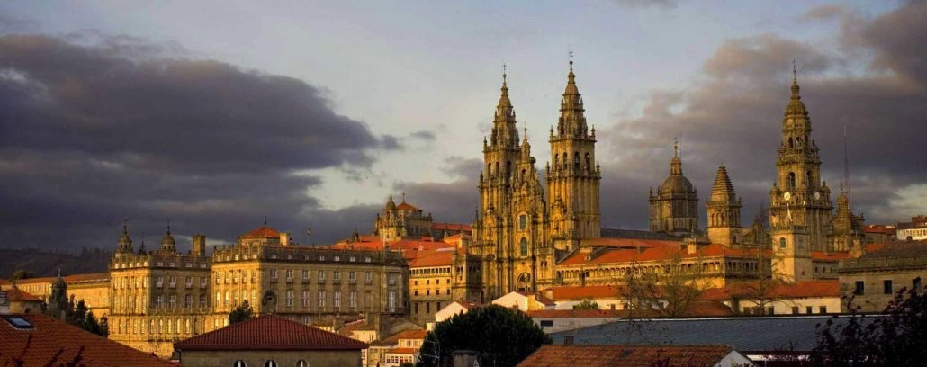Speaker
Description
The accuracy of several astrophysical models, as those describing elemental abundances in the Universe, is limited by the knowledge of cross-section for a wide number of nuclear reactions, often involving light charged reactants at low collision energies ($< 100$ keV). The reaction dynamics in such regime is dominated by the penetration of the Coulomb barrier. The process is also influenced by the presence of other electric charges in the surrounding environment, both in the astrophysical sites and in laboratory. For several reactions, combined information from available data on fixed-target direct measurements is in contrast with predictions given by atomic theory on the cross-section enhancement generated by atomic electrons [1]. A semi-classical model, which addresses the issue assuming a cluster structure for the nuclei involved in the reaction, was proposed in [1]. The goal of the present work is instead to perform a theoretical study from a purely quantum perspective, by explicitly evaluating the nuclear reaction cross-section for a given process by employing a more sophisticated model for the reactants structure and interactions.
In this talk, we examine the $^{6}$Li + p $\to$ $^{3}$He + $\alpha$ reaction, one of those for which an anomalous enhancement has been found [1,2]. Reactions destroying $^{6}$Li are also interesting for studying pre-main-sequence stars, with respect to the lithium-depletion problem (see [2] and references therein), and in the context of controlled nuclear fusion energy production [3]. The process was described as a direct transfer of a deuteron or of two nucleons. We performed first- and second-order distorted-wave Born approximation calculations using the Fresco code [4], from energies around the Coulomb barrier ($\sim$1.5 MeV) down to those relevant for the electron screening problem and astrophysical applications ($\sim$10 keV).
The impact on the transfer cross-section of quadrupole deformations and of the strenght of clustered configurations in $^{6}$Li ground-state will be discussed.
[1] C. Spitaleri et al., Physics Letters B 755 (2016), p. 275
[2] L. Lamia et al., The Astrophysical Journal 768 (2013), p. 65
[3] J. R. McNally, Nuclear Fusion 11 (1971), p. 187
[4] I. J. Thompson, Computer Physics Reports 7 (1988), p. 167
| Topic | Theory |
|---|

